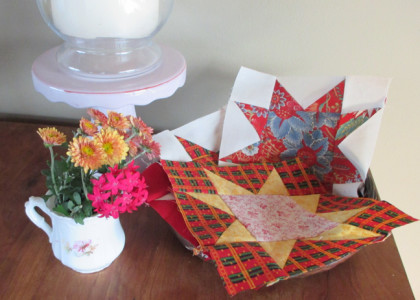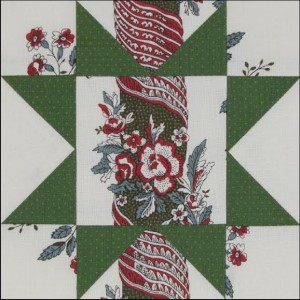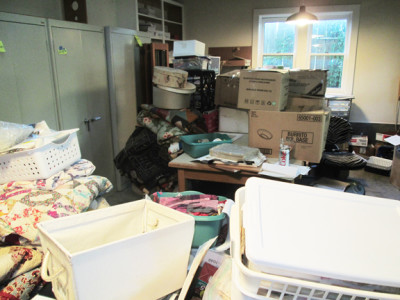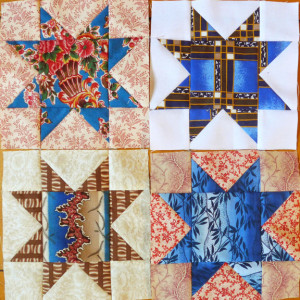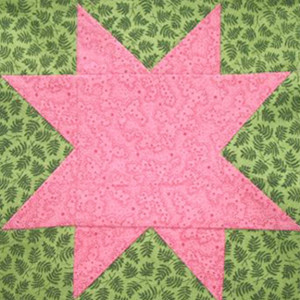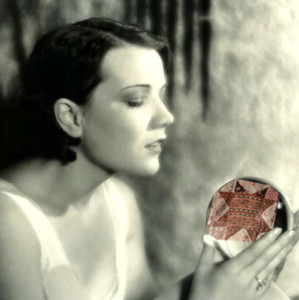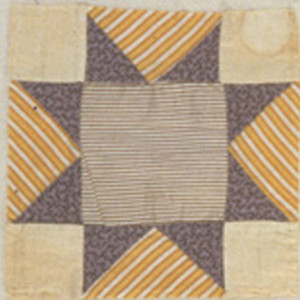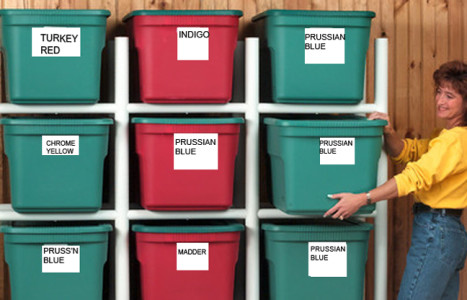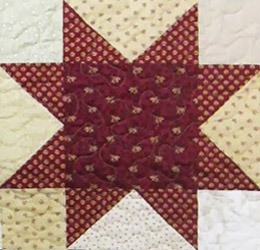Welcome to Moda Fabrics!
Build a Repro Stash with Barbara Brackman
Build a Repro Stash with Barbara Brackman
Moda designer and author Barbara Brackman's blogs are legendary for their fascinating looks into the world of antique and vintage fabrics. This year she'll be sharing her knowledge of those textiles to help fabric lovers build a sophisticated stash, as well as giving them an opportunity to sew with some of their favorites.
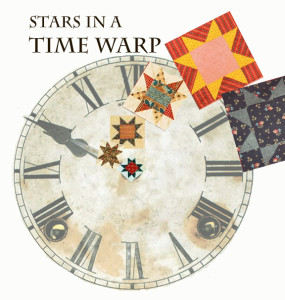 Each Wednesday in 2015, she's decided to post a lesson on her Civil War Quilts blog about reproduction prints, along with a Stars in a Time Warp quilt-along. The posts will focus on reproduction fabrics in a specific style or color, and began in in January with favorite fabrics of the Civil War era. Througout the year she'll shift back in time, exploring the days of chintz and toile, and forward to the end of the 19th century, with the goal of helping fabric lovers learn what's behind their beloved textiles.
Each Wednesday in 2015, she's decided to post a lesson on her Civil War Quilts blog about reproduction prints, along with a Stars in a Time Warp quilt-along. The posts will focus on reproduction fabrics in a specific style or color, and began in in January with favorite fabrics of the Civil War era. Througout the year she'll shift back in time, exploring the days of chintz and toile, and forward to the end of the 19th century, with the goal of helping fabric lovers learn what's behind their beloved textiles.
The sew-along involves stitching the same 6-inch star each week (you can find the pattern here), but with different fabrics. A Flickr page for sharing blocks is here. (You can also check out the hash tag #starsinatimewarp on Instagram.) We asked Barbara what gave her the idea for this weekly series, and how it's working out.
How did you get the idea?
I recently moved and made decisions about what quilt fabric was valuable enough to me to pay movers to truck it across town. As anybody who's watched Hoarders knows you have to make three piles: one to keep, one to move on to another owner, and one to throw away. Very little fabric made the "throw away" box, but lots went into the garage sale box to move on to someone else's stash.
What got saved and moved? Little pieces of reproduction prints from the last 30 years: Prussian blue serpentine stripes, Turkey red foulards, buff printed plaids, and overdyed green calicoes. Moving made me realize what classics these prints are. I decided to make some small stars in my favorite prints and stitch a quilt of the best.
Why not ask my online Intergalactic Sewing Group to make stars too? For several years I've been doing an annual block-of-the-week with readers from Paris to Perth. I could tell them why I think certain prints are classics and what to look for when shopping for reproduction prints. I could show them prints available right now and tell them why they need a fat quarter or two. It could be a class and a SewAlong. And a lot of fun.
What goes into building a stash of accurate reproduction fabrics?
I hear people say they don't like reproduction fabrics because they "don't like brown," or "cheddar is my least favorite color." Reproduction prints go way beyond brown and safety-yellow, so I realized lessons in building a sophisticated stash would be appreciated. We'll also look at how 19th-century quilters used the colors, trying to think like they would and make similar choices. When shopping for a good repro stash one should not rely on one's own 21st-century taste but should be thinking "What would a Union soldier's wife buy? What prints were available to First Lady Louisa Johnson Adams and reformer Lydia Maria Child (both of whom made quilts)? What period are black cotton prints accurate?"
When looking for new fabric it helps to know the history behind the reproduction prints. Quiltmakers are generally a visual lot. They see a print they like in an old quilt and remember what it looked like. But one can't rely on visual memories alone. As a former teacher trainer I know it's important to have a verbal name for images one is trying to hold on to. By the end of the year readers will be able to distinguish between a California gold and a quercitron yellow, a lapis blue and a china blue, a coral print and an eccentric print.
This knowledge will help them in dating antique quilts and fabrics, in shopping for reproduction prints, and in sorting their stash. A small box of "Printed Plaids" is more useful than a very large box labeled "Reproduction Prints." Knowing that one is looking for a "madder dyed foulard" that can be substituted for out-of-print yardage will add a new dimension to fabric shopping. (Oh boy! Fabric shopping!)
If you're interested in joining the sew-along, you can start at any time. And if you'd like to know a bit about the history behind your favorite fabrics, this is the perfect time to learn. Thanks, Barbara, for sharing your expertise!
(In addition to Civil War Quilts, Barbara's other blogs include Material Culture and Austen Family Album.)

